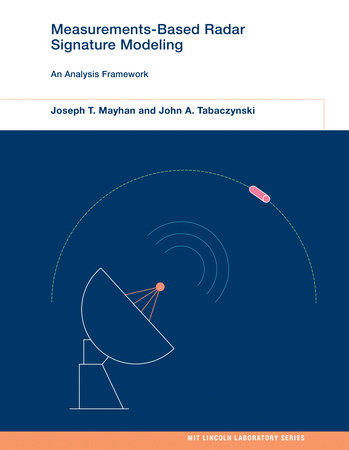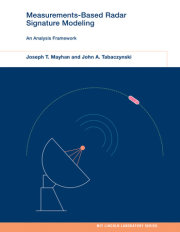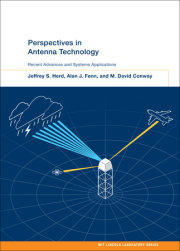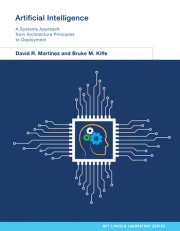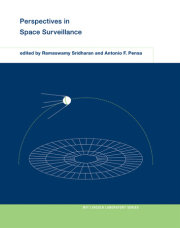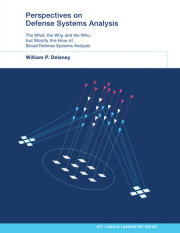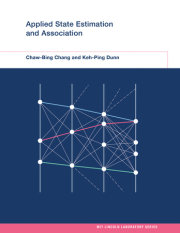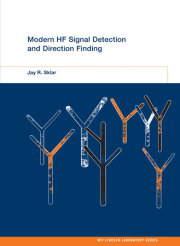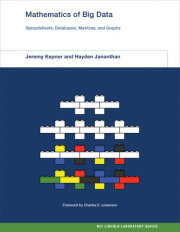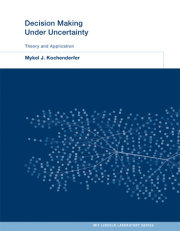Preface
Introduction
PART I BACKGROUND, SIGNAL MODELS, AND PROCESSING TOOLS
1 Background
2 Target Signature Modeling and the Role of Sequential Estimation Processing
3 Acceleration Estimation: Extending the All-Pole Model
4 Autocorrelation Measures and Signal Coherence
PART II THE JOINT TARGET-MOTION ESTIMATION PROBLEM
5 A Solution Framework for the Joint Target-Motion Estimation Problem
6 Narrowband Signature Modeling Techniques
7 Interferrometric ISAR
8 Motion Estimation Techniques
9 Joint Motion and 2D/3D Characterization of Tumbling Targets
10 Joint Target-Motion Solution from Range-Only Data
PART III DATA EXTRAPOLATION AND SENSOR FUSION PROCESSING
11 Multisensor Fusion and Mutual Coherence
12 Data Extrapolation and the Composite Target Space Mapping
13 Colocated Sensors: Sparse Frequency Band Processing
14 Signature Modeling Using Sparse Angle Data
PART IV MEASUREMENTS-BASED RCS SIGNATURE MODELING
15 An Integrated Predictive/Measurements-Based RCS Signature Model
16 Component Modeling Using Measurement Data
Acknowledgments
Appendix A: Characterization of Torque-Free Euler Rotational Motion
Appendix B: 2D Spectral Estimation: A State-Space Approach
Appendix C: 2D Spectral Estimation: An ESPRIT Approach
Appendix D: Location Estimation Using Target Space Filters for {Rn, Rn} Observables
Appendix E: Acceleration Estimation MATLAB Code and Input Parameters
Appendix F: Integrating Static Range and Field Test Measurements into a Computational, Measurements-Based Signature Model
Appendix G: A Polynomial Filter Estimate of Scattering Center Acceleration
References
Contributors
About the Authors
Index

